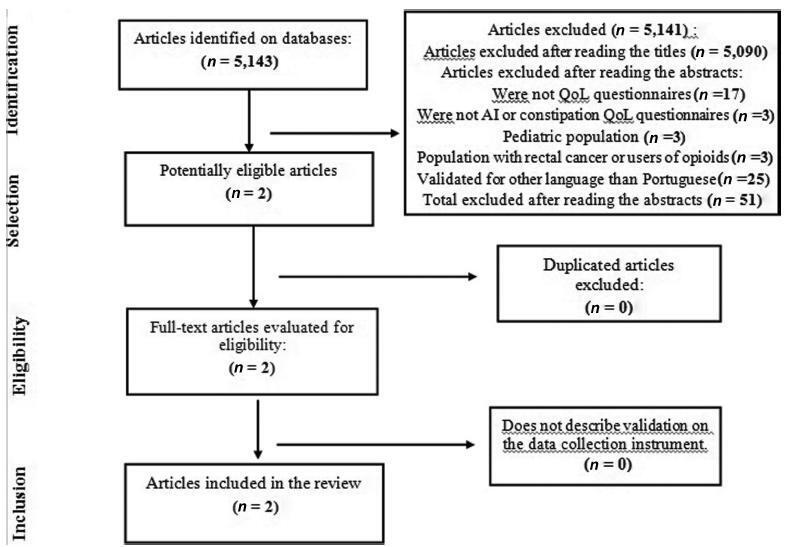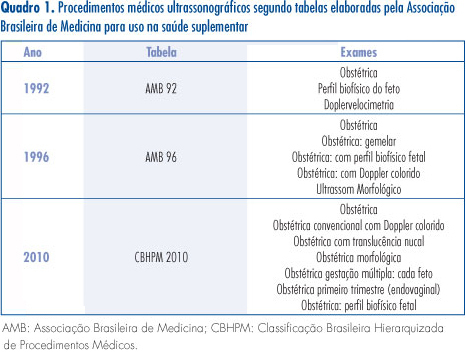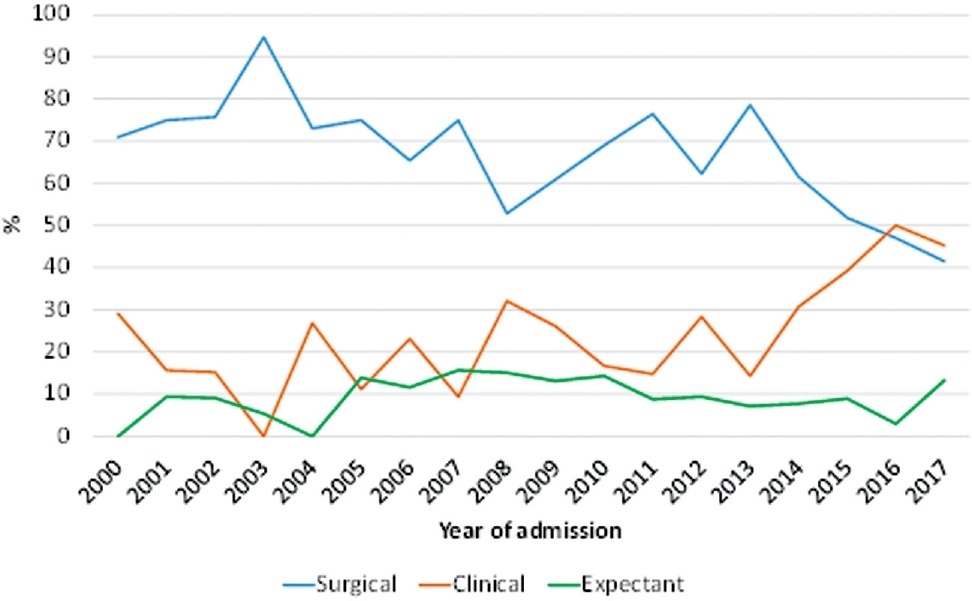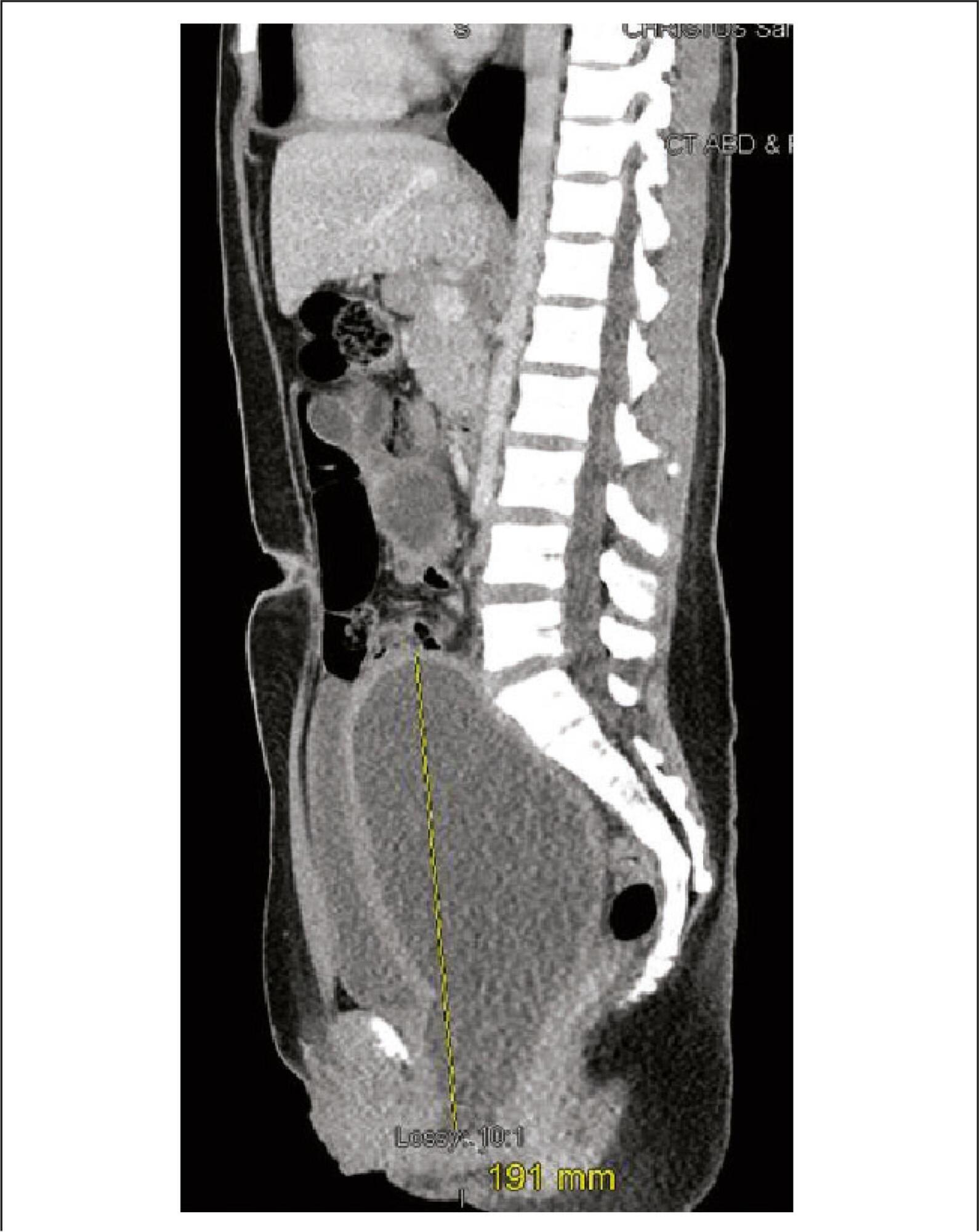Summary
Revista Brasileira de Ginecologia e Obstetrícia. 2019;41(3):191-198
To identify the quality of life (QoL) assessment instruments related to the health of women with fecal incontinence (FI) or anal incontinence (AI).
Systematic review conducted in the Virtual Health Library (VHL), PubMed and Cochrane Library databases. The descriptors used were: Questionnaire, Questionnaires, Quality of life, validation, validation Studies, anal incontinence, fecal incontinence and constipation. The search was performed between December 26, 2017 and the beginning of January 2018. The limits used were female gender.
Initially, 5,143 articles were obtained in the search. The articles of validation for Portuguese of questionnaires for the evaluation of the impact of FI/AI on the QoL of women were considered eligible.
The article search was conducted according to the Preferred Reporting Items for Systematic Reviews and Meta-Analyzes (PRISMA) guidelines.
Of the 5,143 articles, only 2 fulfilled the inclusion and exclusion criteria: Fecal Incontinence Quality of Life (FIQL) and the Wexner scale (WS). The FIQL evaluates the QoL related to FI, not covering flatus incontinence. The WS assesses flatus incontinence and the severity of the AI. The WS obtained an interclass correlation coefficient (ICC) of 0.932 and a Cronbach α coefficient > 0.90. The FIQL obtained intraexaminer and interexaminer reproducibility ranging from 0.929 to 0.957 and from 0.944 to 0.969, respectively.
The WS and the FIQL have satisfactory reliability and validity for use during gynecological consultations.

Summary
Revista Brasileira de Ginecologia e Obstetrícia. 2012;34(5):191-195

Summary
Revista Brasileira de Ginecologia e Obstetrícia. 2013;35(4):192-192
DOI 10.1590/S0100-72032013000400010
Summary
Revista Brasileira de Ginecologia e Obstetrícia. 2023;45(4):192-200
To evaluate the use of different treatment options for ectopic pregnancy and the frequency of severe complications in a university hospital.
Observational study with women with ectopic pregnancy admitted at UNICAMP Womeńs Hospital, Brazil, between 01/01/2000 and 12/31/2017. The outcome variables were the type of treatment (first choice) and the presence of severe complications. Independent variables were clinical and sociodemographic data. Statistical analysis was carried out by the Cochran–Armitage test, chi-square test, Mann–Whitney test and multiple Cox regression.
In total 673 women were included in the study. The mean age was 29.0 years (± 6.1) and the mean gestational age was 7.7 (± 2.5). The frequency of surgical treatment decreased significantly over time (z = -4.69; p < 0.001). Conversely, there was a significant increase in the frequency of methotrexate treatment (z = 4.73; p < 0.001). Seventy-one women (10.5%) developed some type of severe complication. In the final statistical model, the prevalence of severe complications was higher in women who were diagnosed with a ruptured ectopic pregnancy at admission (PR = 2.97; 95%CI: 1.61–5.46), did not present with vaginal bleeding (PR = 2.45; 95%CI: 1.41–4.25), had never undergone laparotomy/laparoscopy (PR = 6.69; 95%CI: 1.62–27.53), had a non-tubal ectopic pregnancy (PR = 4.61; 95%CI: 1.98–10.74), and do not smoke (PR = 2.41; 95%CI: 1.08–5.36).
there was a change in the first treatment option for cases of ectopic pregnancy in the hospital during the period of analysis. Factors inherent to a disease that is more difficult to treat are related to a higher frequency of severe complications.

Summary
Revista Brasileira de Ginecologia e Obstetrícia. 2007;29(4):192-199
DOI 10.1590/S0100-72032007000400005
PURPOSE: to evaluate and compare the knowledge and the opinion of gynecologists and obstetricians regarding termination of pregnancy, in 2003 and 2005. METHODS: a structured and pre-tested questionnaire was sent to all the members of the Brazilian Federation of Gynecologists and Obstetricians (FEBRASGO). They were asked to answer the questions, anonymously, and return the questionnaire in a stamped envelope provided. They were asked about their knowledge of and opinion on Brazilian legislation related to abortion. RESULTS: in both surveys the percentage of doctors who knew under which circumstances abortion was not penalized was over 80%. However, there was a significant reduction in the percentage of doctors who knew that abortion was legal if the woman’s life was at risk. The participants who knew that abortion because of a severe congenital malformation of the fetus was not currently permitted by law increased by a third. The percentage of doctors in favor of allowing abortion increased consistently for the various circumstances presented. The proportion of those who thought that abortion should not be permitted in any circumstances decreased. The percentage of those who judged that the legal consents should not be modified decreased. There was an increase in the proportion of those who considered that abortion should not be considered a crime under any circumstance. CONCLUSIONS: in general, it seems that people have been thinking more about induced abortion during the time elapsed between the two surveys. Nevertheless, there is the need to correctly inform Brazilian gynecologists and obstetricians on the laws and norms that regulate the practice of legal abortion in the country, so as to ensure that women who need one have, in fact, access to this right.
Summary
Revista Brasileira de Ginecologia e Obstetrícia. 2015;37(4):192-196
DOI 10.1590/SO100-720320150005077
Herlyn-Werner-Wunderlich (HWW) syndrome is a rare congenital disorder of the Müllerian ducts in which there is uterus didelphys, obstructed hemivagina and unilateral renal agenesis. The most common presentation is an abdominal mass secondary to hematocolpos, pain and dysmenorrhea. However, in some cases, such as the one we present here, menses are normal due to an obstructed hemivagina, and diagnosis can be delayed. We describe evaluation and surgical management of a 13-year-old girl with this condition who was diagnosed by computed tomography (CT) scan and confirmed by pelvic ultrasound and surgical exploration, as well as a review of the literature.

Summary
Revista Brasileira de Ginecologia e Obstetrícia. 2014;36(5):192-197
DOI 10.1590/S0100-7203201400050002
To analyze the prevalence of cervical cytopathological results for the screening of cervical cancer with regard to women's age and time since the last examination in Maceió and Rio de Janeiro, Brazil, among those assisted by the Brazilian Unified Health System.
Cervical cytopathological results available in the Information System of Cervical Cancer Screening for the year 2011 were analyzed, corresponding to 206,550 for Rio de Janeiro and 45,243 for Maceió.
In Rio de Janeiro, examination at one and two year intervals predominated, while in Maceió examination at one and three year intervals had a higher predominance. Women who underwent cervical smear screening in Maceió were older than those in Rio de Janeiro. The prevalence of invasive squamous cell carcinoma was similar for the two cities, but all the other results presented a higher prevalence in Rio de Janeiro: ASCUS (PR=5.32; 95%CI 4.66-6.07); ASCH (PR=4.27; 95%CI 3.15-5.78); atypical glandular cells (PR=10.02; 95%CI 5.66-17.76); low-grade squamous intraepithelial lesions (PR=6.10; 95%CI 5.27-7.07); high-grade squamous intraepithelial lesions (PR=8.90; 95%CI 6.50-12.18) and adenocarcinoma (PR=3.00; 95%CI 1.21-7.44). The rate of unsatisfactory cervical samples was two times higher in Maceió and that of rejected samples for analysis was five times higher in Maceió when compared to Rio de Janeiro.
The prevalence rates of altered cervical cytopathological results was significantly higher in Rio de Janeiro than in Maceió. There is no objective information that may justify this difference. One hypothesis is that there may be a difference in the diagnostic performance of the cervical cancer screening, which could be related to the quality of the Pap smear. Thus, these findings suggest that it would be necessary to perform this evaluation at national level, with emphasis on the performance of cervical cancer screening in order to improve the effectiveness of cervical cancer control.

Summary
Revista Brasileira de Ginecologia e Obstetrícia. 2001;23(3):192-192